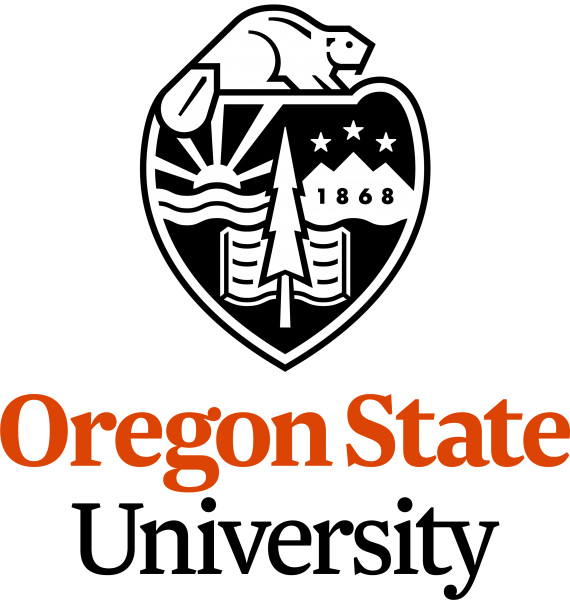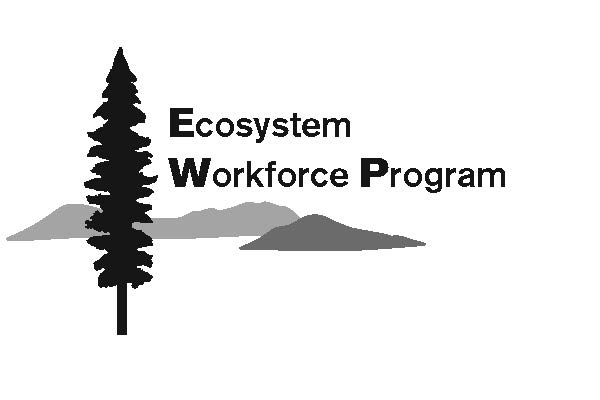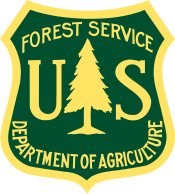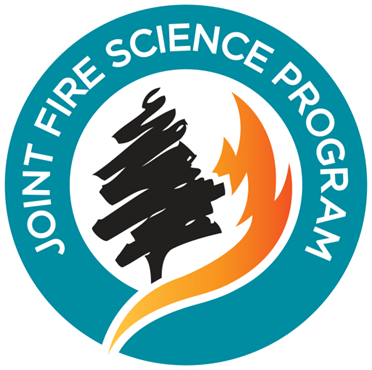Publications Library
. Historic Variability: Informing Restoration Strategies, Not Prescribing Targets. Journal of Sustainable Forestry. 2014;33.
. How risk management can prevent future wildfire disasters in the wildland-urban interface. USDA Forest Service, Rocky Mountain Research Station; 2014. Available at: www.pnas.org/cgi/doi/10.1073/pnas.1315088111. PNAS Calkin Final.pdf (686.46 KB)
PNAS Calkin Final.pdf (686.46 KB)
. Hydrologic and erosion responses to wildfire along the rangeland-xeric forest continuum in the western US: a review and model of hydrologic vulnerability. International Journal of Wildland Fire. 2014;On-line early.
. The influence of experimental wind disturbance on forest fuels and fire characteristics Forest Ecology and Management. 2014;330. Available at: http://www.srs.fs.usda.gov/pubs/46459.
. Integrating Social, Economic, and Ecological Values Across Large Landscapes. ().; 2014. Available at: http://www.treesearch.fs.fed.us/pubs/47219. pnw_gtr896.pdf (8 MB)
pnw_gtr896.pdf (8 MB)
. Is fire exclusion in mountain big sagebrush communities prudent? Soil nutrient, plant diversity and arthropod response to burning. International Journal of Wildland Fire. 2014;23(3).
. Landsat time series and lidar as predictors of live and dead basal area across five bark beetle-affected forests IEEE Journal of Selected Topics in Applied Earth Observations and Remote Sensing. 2014;7(8). Available at: http://www.treesearch.fs.fed.us/pubs/49638.
. Landscape restoration of a forest with a historically mixed-severity fire regime: What was the historical landscape pattern of forest and openings?. Forest Ecology and Management. 2014;331. FEM-HRV.pdf (934.26 KB)
FEM-HRV.pdf (934.26 KB)
. Large airtanker use and outcomes in suppressing wildland fires in the United States. International Journal of Wildland Fire. 2014;On-line early.
. Making a World of Difference in Fire and Climate Change. Fire Ecology . 2014;10(3).
. Management for Mountain Pine Beetle Outbreak Suppression: Does Relevant Science Support Current Policy? Forests. 2014;5(1).
. Managing burned landscapes: Evaluating future management strategies for resilient forests under a warming climate International Journal of Wildland Fire. 2014;23.
. Mapping day-of-burning with coarse-resolution satellite fire-detection data. International Journal of Wildland Fire. 2014;On-line early.
Mapping the daily progression of large wildland fires using MODIS active fire data. International Journal of Wildland Fire. 2014;On-line early.
. Mathematical model and sensor development for measuring energy transfer from wildland fires. International Journal of Wildland Fire. 2014;On-line early.
. Mixed-severity fire in lodgepole-dominated forests: Are historical regimes sustainable on Oregon's Pumice Plateau, USA?. Canadian Journal of Forest Research. 2014;On-line early. Available at: http://www.nrcresearchpress.com/doi/abs/10.1139/cjfr-2013-0413. cjfr-2013-0413.pdf (2.25 MB)
cjfr-2013-0413.pdf (2.25 MB)
. Modeling Regional-Scale Wildland Fire Emissions with the Wildland Fire Emissions Information System Earth Interactions. 2014;18. ei-d-14-0002%2E1.pdf (1.8 MB)
ei-d-14-0002%2E1.pdf (1.8 MB)
. Modifying the Canadian Fine Fuel Moisture Code for masticated surface fuels International Journal of Wildland Fire. 2014;Online early. Available at: http://dx.doi.org/10.1071/WF14041.
NWFSC Research Brief #2: Private Forest Owners and Wildfire Risk: Policy Implications in a Diverse Population. Northwest Fire Science Consortium; 2014. NWFSC_RB2.pdf (1.64 MB)
NWFSC_RB2.pdf (1.64 MB)
NWFSC Research Brief #3: Songbird response to wildfire-Species abundance after a southwest oregon wildfire. Northwest Fire Science Consortium; 2014. NWFSC_ResearchBrief_03.pdf (1.04 MB)
NWFSC_ResearchBrief_03.pdf (1.04 MB)
NWFSC Research Brief #4: Mountain Pine Beetle and Fire Behavior - Fuel dynamics in south central Oregon lodgepole pine. Northwest Fire Science Consortium; 2014. NWFSC_ResearchBrief_04.pdf (1.42 MB)
NWFSC_ResearchBrief_04.pdf (1.42 MB)
NWFSC Research Brief #5: Influences on Wildfire Burn Severity: Treatment and landscape drivers in an extreme fire event. Northwest Fire Science Consortium; 2014. NWFSC_RB5.pdf (1.35 MB)
NWFSC_RB5.pdf (1.35 MB)
. Playing with Fire: How climate change and development patterns are constributing to the soaring costs of western wildfires. Union of Concerned Scientists; 2014. Available at: www.ucsusa.org/playingwithfire. playing-with-fire-report.pdf (2.45 MB)
playing-with-fire-report.pdf (2.45 MB)
. Reality Check: Shedding New Light on the Restoration Needs of Mixed-Conifer Forests. ().; 2014. scifi168.pdf (6.55 MB)
scifi168.pdf (6.55 MB)





